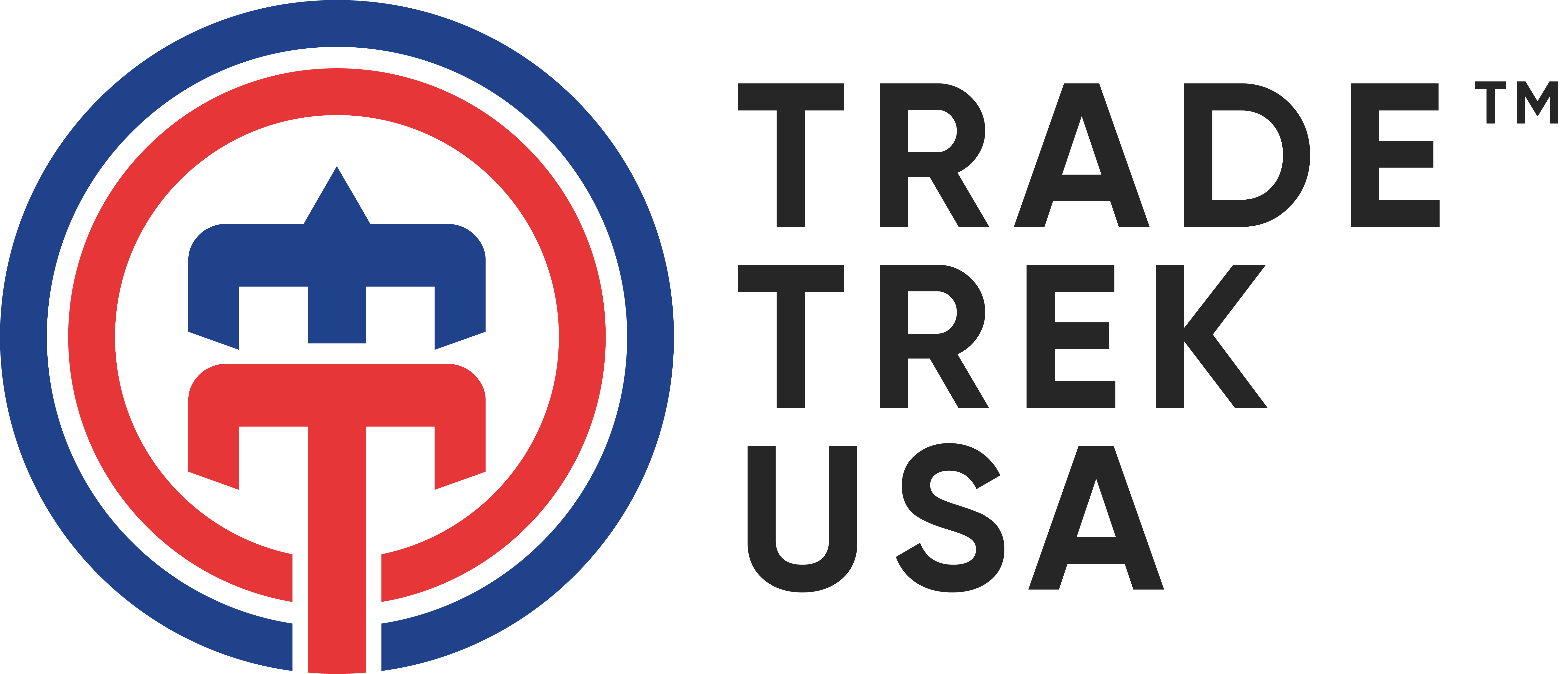The US market is a melting pot of diverse preferences, cultural nuances, and evolving trends. To succeed, brands must understand the key factors that influence consumer behavior. As we look toward 2025, here are the emerging trends, preferences, and cultural insights that will help brands tailor their products and marketing for the US audience.
Emerging Trends in US Consumer Behavior
1. Sustainability Takes Center Stage
Consumers are increasingly eco-conscious, prioritizing products that align with their values. By 2025, expect:
- Demand for Green Products: Eco-friendly packaging, sustainably sourced materials, and carbon-neutral practices will become standard expectations.
- Transparency in Supply Chains: Consumers will favor brands that disclose sourcing and manufacturing processes.
2. Health and Wellness Focus
The emphasis on personal health and wellness will continue to drive purchasing decisions. Key areas of growth include:
- Functional Foods and Beverages: Products offering health benefits, such as immunity boosters or stress relief, will gain traction.
- Mental Health Support: Items and services that promote mindfulness and mental well-being will appeal to a broader audience.
3. Technology Integration in Shopping
The role of technology in consumer behavior is expanding. By 2025:
- Personalized Experiences: AI-driven recommendations and augmented reality (AR) tools will enhance online and in-store shopping.
- Seamless Omnichannel Journeys: Consumers will expect integrated shopping experiences across physical and digital platforms.
4. Focus on Local and Niche Products
While global brands dominate, there’s growing support for local and niche products. Consumers are seeking:
- Authenticity: Stories behind products resonate with buyers.
- Community Support: Local goods and small businesses are seen as more ethical and relatable.
Consumer Preferences for 2025
1. Convenience is Key
From delivery services to easy-to-use products, convenience remains a top priority. Brands should focus on:
- Time-Saving Solutions: Products that simplify daily tasks.
- Efficient Delivery: Fast shipping and hassle-free returns.
2. Customizable Products
Consumers want personalization. Customizable options allow them to feel more connected to their purchases, whether it’s tailored skincare routines or personalized meal plans.
3. Value for Money
Economic pressures have heightened the importance of perceived value. Consumers will evaluate purchases based on:
- Durability and Quality: Long-lasting products that justify their price.
- Added Benefits: Bundles, loyalty rewards, and exceptional customer service.
Cultural Nuances to Consider
1. Diversity and Inclusion
The US population is more diverse than ever, and consumers expect brands to reflect this. Strategies include:
- Inclusive Marketing: Representing various ethnicities, genders, and lifestyles in campaigns.
- Culturally Relevant Products: Offering items tailored to specific demographics.
2. Regional Differences
Consumer preferences can vary significantly by region. For instance:
- West Coast: Emphasis on health-conscious and sustainable products.
- Midwest: Focus on value and practicality.
- South: Interest in community-driven and comfort-oriented goods.
3. Generational Influences
Generational shifts play a key role in shaping trends:
- Gen Z: Digital-first, socially conscious, and experimental.
- Millennials: Value-driven, tech-savvy, and wellness-oriented.
- Boomers: Traditional but increasingly embracing technology.
How Brands Can Adapt
To effectively engage with US consumers, brands should:
- Embrace Innovation: Stay ahead by adopting new technologies and sustainability practices.
- Invest in Market Research: Understand your audience deeply through data-driven insights.
- Be Authentic: Build trust by aligning brand values with consumer expectations.
- Tailor Offerings: Create products and campaigns that reflect regional and cultural nuances.
Final Thoughts
Understanding US consumer behavior is a continual process that requires brands to stay adaptable and informed. By leveraging these insights and aligning strategies with emerging trends, brands can build meaningful connections with their audience and achieve sustainable growth in the competitive US market.


